How to Repressurise a Boiler: Step by Step
Find out how to repressurise a boiler with this useful video demonstration from Mike Siviter, training engineer from Worcester Bosch
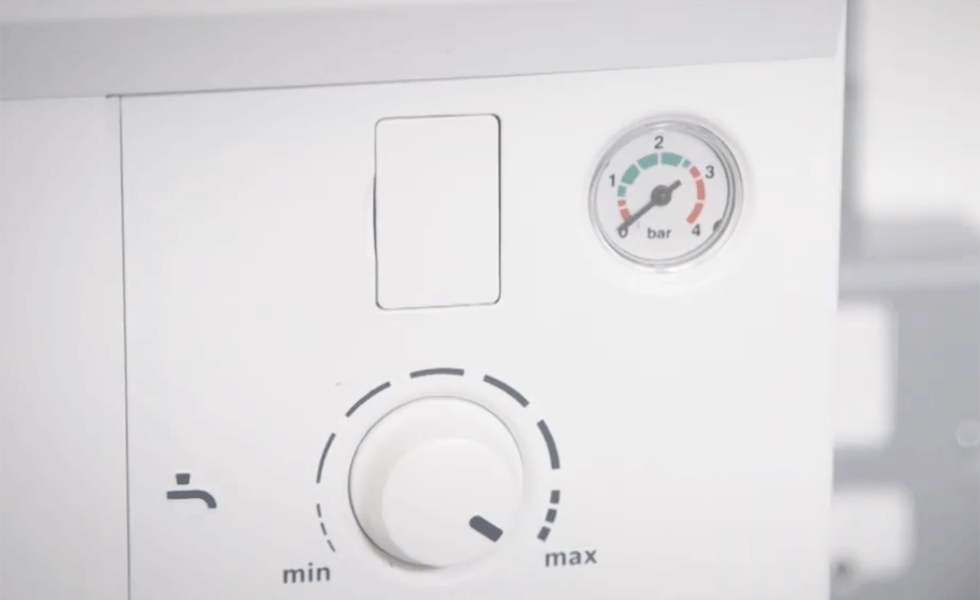
Repressurising a boiler is a relatively simple job and can be done on a DIY basis. However, there are two main ways to top up your boiler, either via an external filling loop or an internal filling loop (either keyed or keyless) – and both methods are demonstrated in the video and the step-by-step guide below.
Topping up a boiler with mains cold water is a routine aspect of maintaining a boiler’s life cycle. You may have noticed that your heating has become less efficient, or that the pressure gauge on your boiler turns to red.
If in doubt about how to repressurise your boiler, do contact a professional.
If you are unsure of the type of filling loop you have, do ask your installer who will be able to confirm.
(MORE: How to improve the efficiency of your central heating system)
How to Repressurise a Boiler with an External Filling Loop
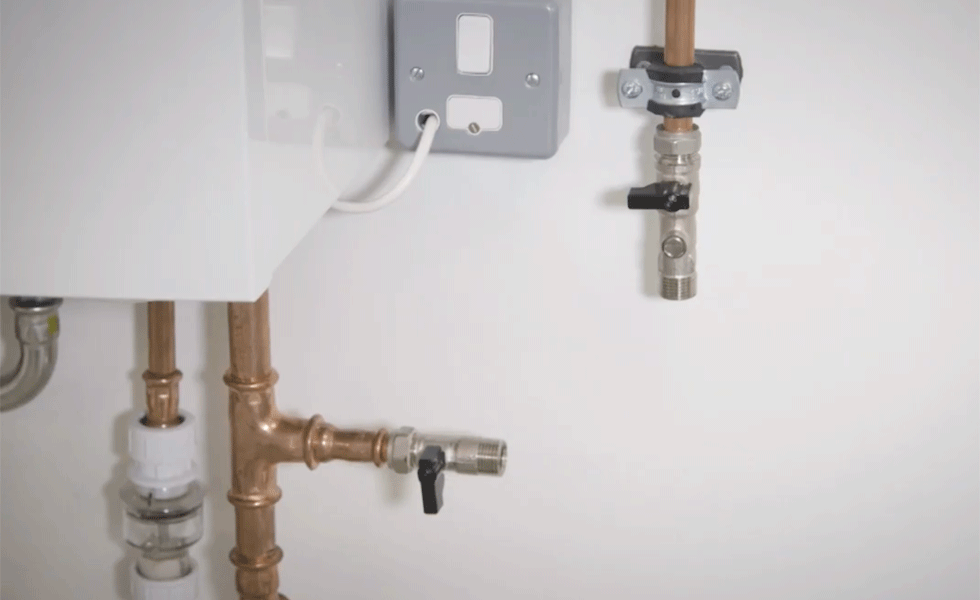
If you have a system with an external filling loop, you will see two valves, one from the mains cold water, and a second that is connected to the heating system. You will also have a silver braided hose to connect the two valves to allow you to repressurise the boiler.
Take the hose and attach it to each side of the valve.
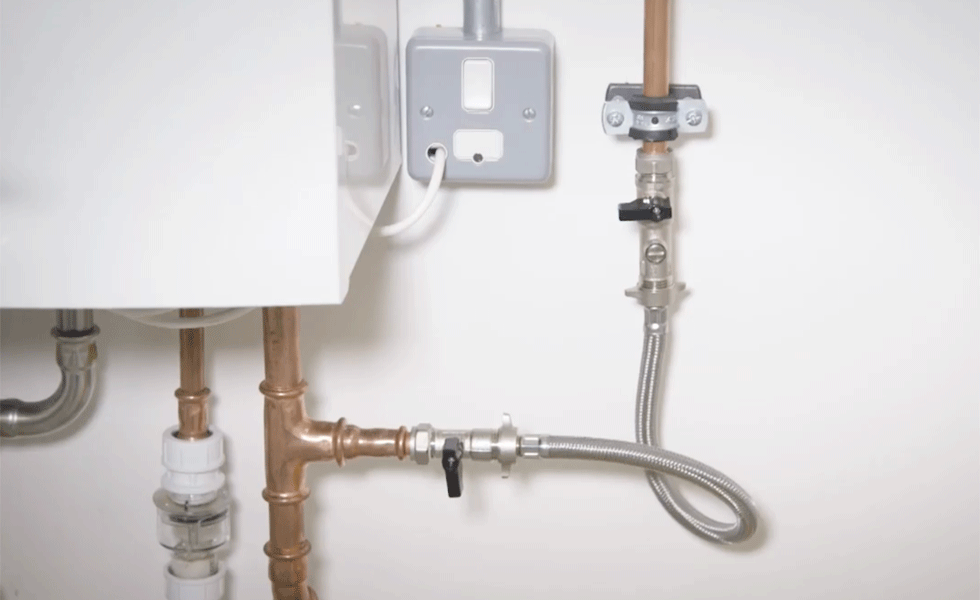
Once the hose is securely attached, fully open the valve for the mains cold water, followed by the valve that connects to the heating system. Leave the valves open until the boiler pressure is indicated at just over 1 bar. Then you can close both valves. Don’t worry if you have gone too far as this can be corrected later.
Leave the hose attached while you go around and bleed any air from all of the radiators in your home. Then go back to the boiler and check the pressure again — you may need to top it up again.
Once you are satisfied the pressure is at 1 bar, make sure both valves are in the closed position and remove the connecting hose. Do this over a bucket as there may be some water in the hose.
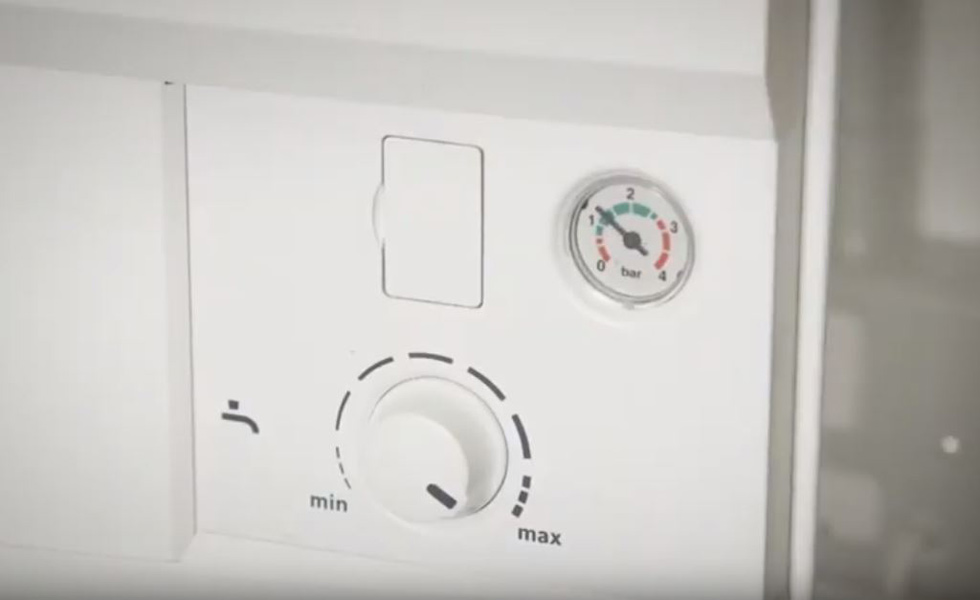
Repressurise a Boiler with a Keyed Internal Filling Loop
If you have this kind of system, you will have been provided with a key (you may have been given this as part of the installation, or it may be located in the flap underneath the boiler).
Then you need to find where to fit the key. This could vary depending on your boiler, but on a Worcester Bosch model, the port is located to the front, right hand side.
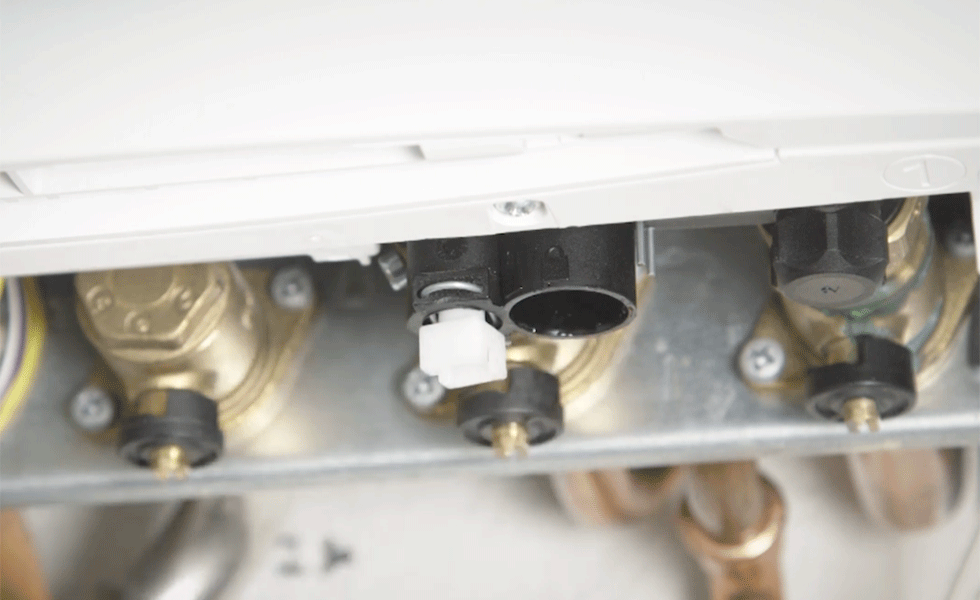
Align the arrow on the shaft of key with the open padlock on the port, once the key is fully engaged, turn it to the closed padlock position. Once the key is in place, open the white tap to the left of the key port slowly and watch the pressure rise. Once the pressure is at 1 bar, close the tap.
Turn the key back to the open padlock position and gently remove the key. Some water may drip out when you remove the key and this is normal.
Repressurise a Boiler with a Keyless Internal Filling Loop
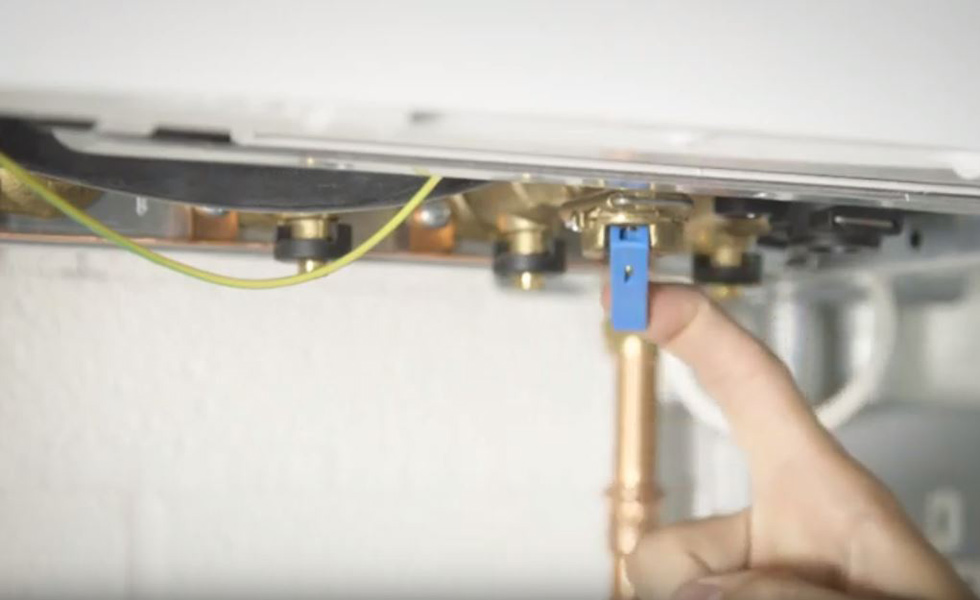
The keyless filling link can be identified by a blue lever at the bottom of the boiler. To repressurise the system, simply pull down the lever until the pressure is just over 1 bar then release.
Whichever method you use to repressurise your boiler, don’t worry if you have gone too far, you can release some of the pressure by bleeding your radiators later on.
Get the Homebuilding & Renovating Newsletter
Bring your dream home to life with expert advice, how to guides and design inspiration. Sign up for our newsletter and get two free tickets to a Homebuilding & Renovating Show near you.
Sarah is a journalist, editor and the former Web Editor of homebuilding.co.uk. She began her career more than a decade ago, working on the editorial team of Public Sector Building magazine, before joining the wider Homebuilding & Renovating team as Social Media Editor in 2012. Since purchasing her first house in 2015, Sarah has been adding to the ever-increasing list of home improvements she needs to make; including extending over the garage, resurfacing the driveway, replacing existing flooring and revamping the kitchen. Fortunately, her time with Homebuilding means she is not short on design inspiration or top tips to tackle or project manage these tasks herself.

